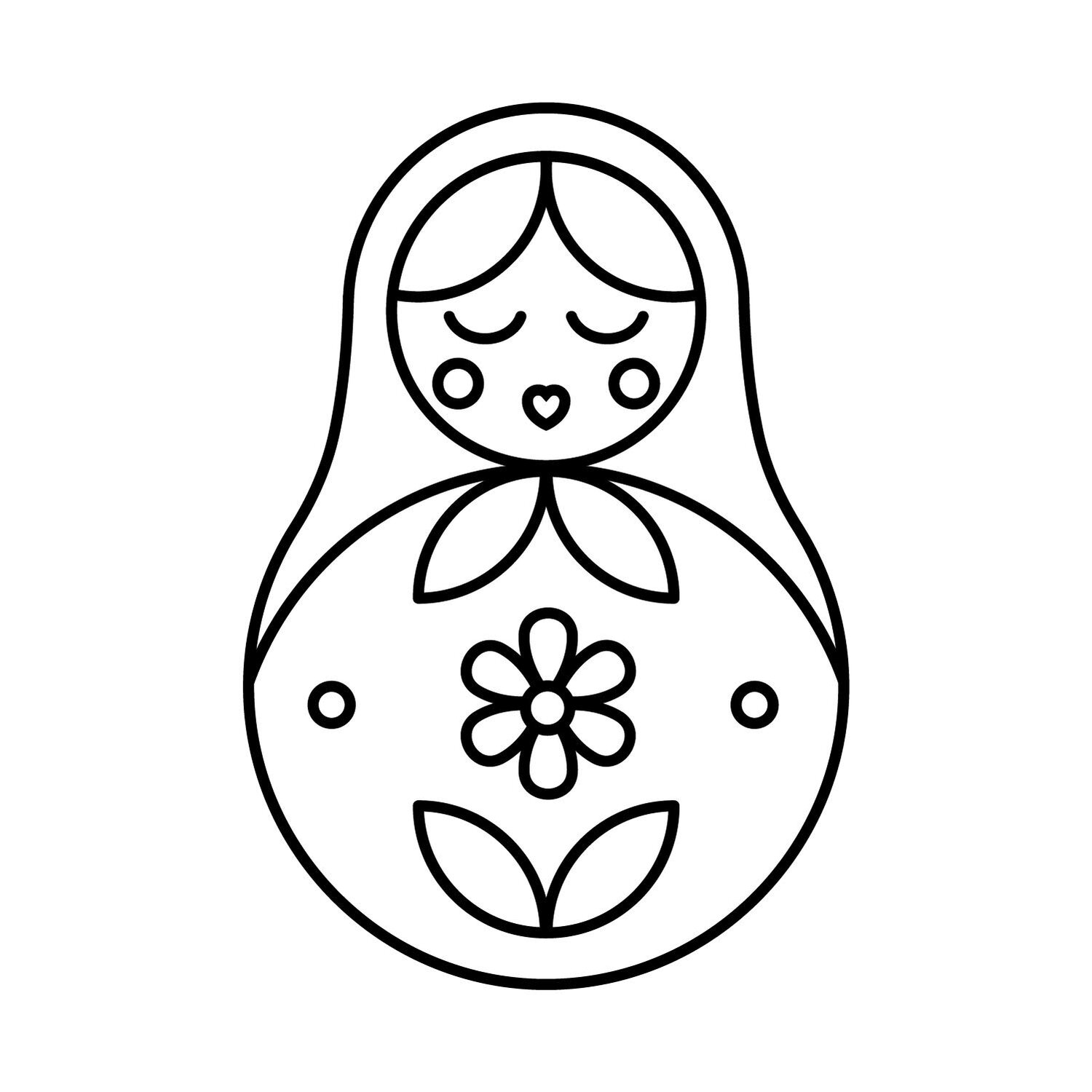q+a: maya fuji
Tchotchke Gallery: For those who do not know how you first began painting, can you sort of take us back to the very beginning and talk about what drew you to the medium?
Maya Fuji: I've always sketched and drawn my whole life, but I initially was not going down an artist path. I was studying tax accounting but decided it wasn’t really for me. I shifted gears and started learning how to screen print where I was drawn into trying to create on panels or canvases. After this, I eventually got into brush painting and then into airbrush, which is kind of like the perfect blend of screen printing and painting. With airbrush, I get those nice clean shapes, but then I get to bring gradients and stuff in as well.
TG: How has your practice evolved?
MF: When I first started, my drawings were more idealized, with perfect-looking figures. Now, I focus on representing more realistic body shapes and sizes, exploring themes of identity and cultural heritage.
TG: Are the figures in your paintings inspired by real people or entirely imaginary?
MF: It's a mix. Sometimes they are made up, and other times, they are inspired by people I know, or even myself. I like to draw people of different sizes and represent diverse body types.
TG: What inspires your use of color in your artworks?
MF: I love using vibrant colors, and I draw inspiration from Japanese culture. For example, certain red hues from Japanese lacquerware or pink and blue shades from '60s Japanese graphic design.
TG: What advice would you give your younger self regarding your artistic journey?
MF: I would tell myself to trust my passion for art and pursue it more wholeheartedly. Don't waste time on things that don't align with your true calling.
TG: Can you tell us about your exploration of tea gardens and gardens in your art?
MF: I plan to explore tea gardens and gardens in Japan, where I'm from. I want to study the history and symbolism behind different elements in these gardens and incorporate them into my paintings.
TG: How do you stay connected to your Japanese heritage through your art?
MF: My work is a way to stay connected to my Japanese culture, especially since I moved to the US at a young age. It allows me to explore and preserve my heritage through storytelling and symbolism.
TG: Do you have any long-term goals as an artist?
MF: My long-term goal is to fully support myself as an artist and continue exploring new mediums and themes in my work. I also hope to have a show in Japan someday.
